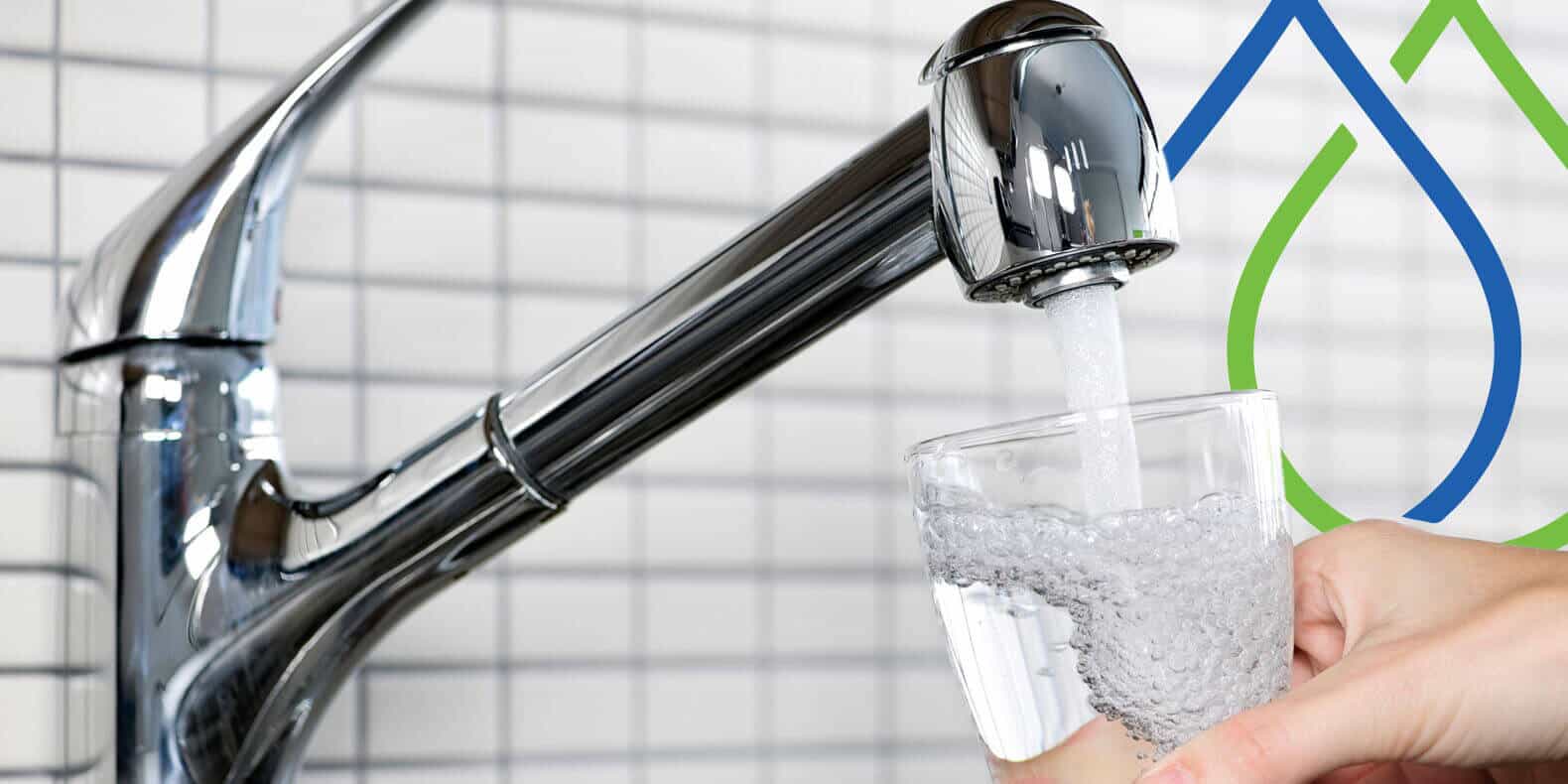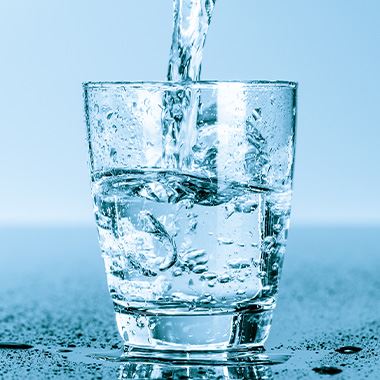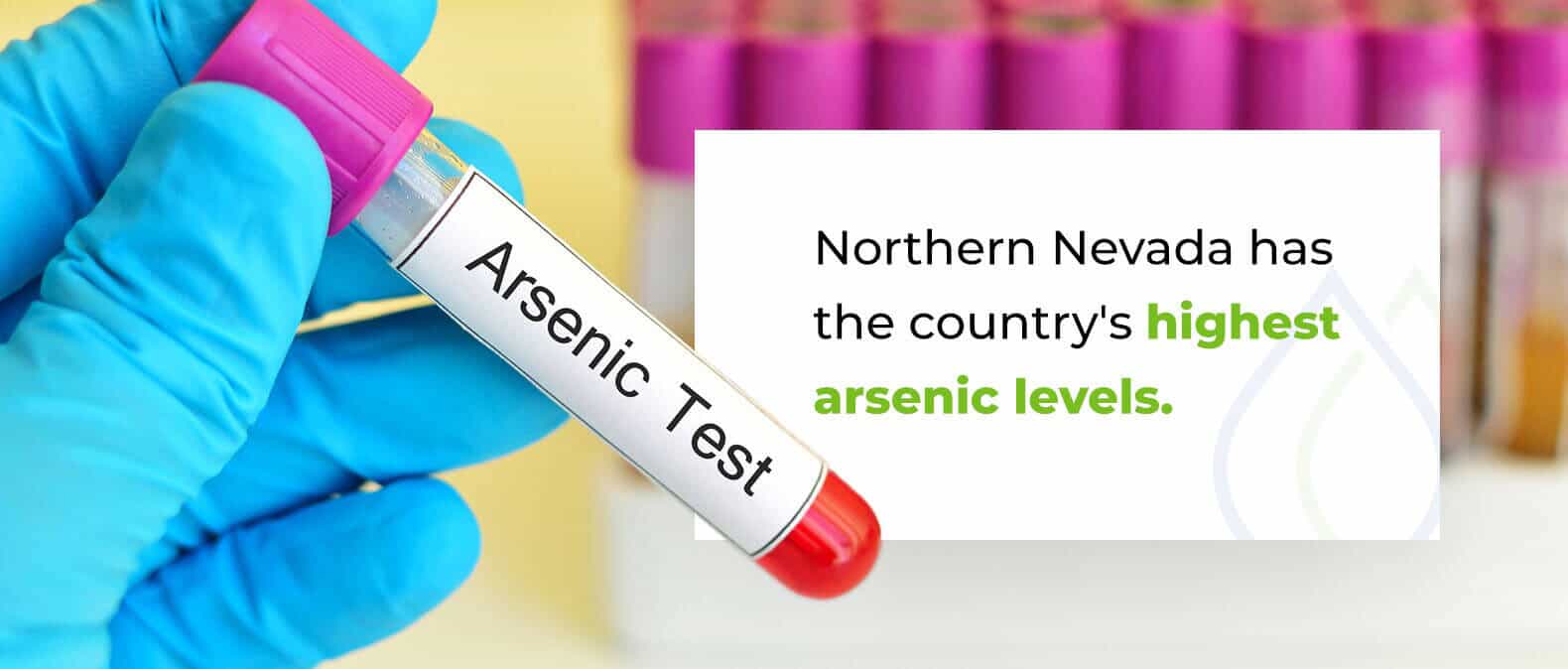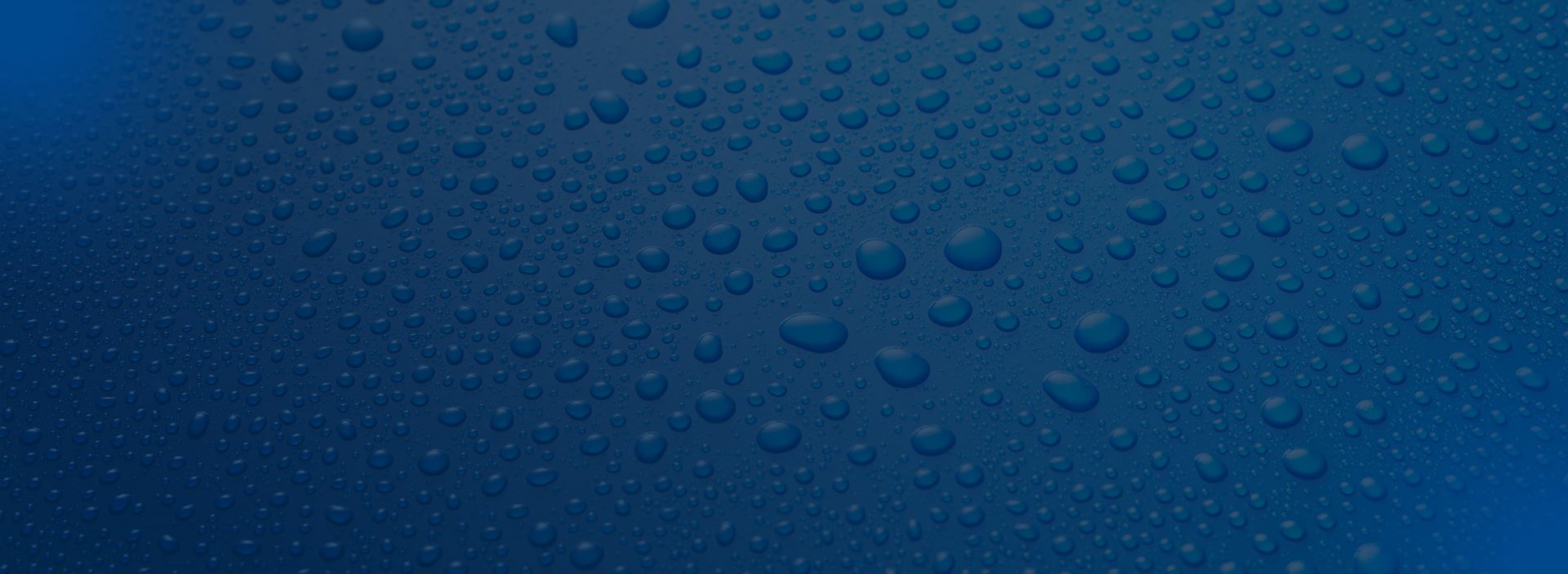
Reno Water Quality Report

Reno tap water may meet legal requirements, but legal federal requirements are not always as high as the personal standards you have for your family. Reno water contaminants like chlorine disinfection byproducts, arsenic, and hardness present health concerns as well as aesthetic issues for your body and your home. Investing in a quality water filtration system can provide your home with safe, healthy water and benefit your family’s health.


Where Does Reno, Nevada, Get Its Water From?
Reno, Nevada, gets most of its water from the Truckee River. The Truckee River extends from Lake Tahoe, which is the United State’s second-deepest lake. The city receives water from rain and snow melt throughout the Sierra Nevada’s Truckee River and Tahoe basins. Reno also receives some of its water from groundwater that feeds into the water system from any of the hundreds of wells owned by TMWA.
Does Reno Have a Water Problem?
Reno technically does not have a water problem because it is in compliance with federal drinking water standards. However, legal water does not equal healthy water. Take arsenic for example. The legal requirement (MCL) is 10 parts per billion (ppb), but the healthy level (MCLG) is 0 ppb. Reno’s highest reported level in the year of 2021 (the most current report as there is a delay between testing and reporting) was 13.9 ppb. This is not a violation of federal regulations because TMWA had many other tests come back below the 10 ppb level and averaged at 8.8 ppb. However, if you know the EPA safe level is zero and your water is ‘passing’ at 8.8 ppb, it may not pass your own personal standards because arsenic is a known carcinogen in drinking water.
Reno’s water meets the requirements that the Environmental Protection Agency (EPA) has in place to ensure water safety, but the legal limits for tap water contaminants have remained the same for approximately 20 years. Consumer health standards have risen and consumers are increasingly conscious of what they eat, drink, or bathe in, but the federal regulations have to factor in what is practical to remove from water on a large scale so some standards have not been updated in over 40 years.
Is Reno Tap Water Safe to Drink?
Reno tap water is safe to drink by government standards, but this does not mean it is entirely safe. When the government ensures water is legally safe, it may not guarantee that the water meets the country’s most recent health guidelines. Even if the government deems drinking water safe, it can still contain contaminants that present health hazards.
The Environmental Working Group (EWG) establishes health guidelines to make up for the government’s outdated standards. These guidelines help determine if water is safe enough for individuals to consume without an increased risk of developing health complications. According to the EWG, the following contaminants in Nevada’s city water exceed health guidelines:
Chloroform
Chloroform forms when water treatment facilities use disinfectants such as chlorine to treat tap water. Chlorine destroys harmful bacteria in drinking water, but it also forms small amounts of chloroform. When chloroform levels in tap water exceed health guidelines, this contaminant can serve as a carcinogen and potentially cause cancer in the brain, kidneys, and liver.
Arsenic

Arsenic is a heavy metal that is introduced to water when the water is pulled from the ground. Northern Nevada has the country’s highest arsenic levels in the groundwater according to a USGS survey. Because the city of Reno pulls some of their water from the ground, arsenic is a common issue in the city water. Only laboratories can detect arsenic in drinking water because it loses color, taste, and smell when it dissolves.
Exposure to arsenic in Reno water can cause or increase the risk of the following types of cancer:
- Bladder
- Skin
- Lung
- Prostate
- Kidney
Haloacetic acids
Drinking water can also contain haloacetic acids such as dichloroacetic acid, dibromoacetic acid, and trichloroacetic acid. These haloacetic acids can cause serious health complications when they contaminate drinking water.
Dichloroacetic acid is a common substance in medical research that can enter water sources through improper waste disposal and the water chlorination process.
Individuals exposed to high levels of dichloroacetic acid are at a higher risk for the following health complications:
- Reproductive challenges
- Health complications during pregnancy
- Kidney damage
- Liver damage
- Cancer
- Nerve conditions
- Eye conditions
Trichloroacetic acid enters drinking water when the water’s naturally occurring compounds react with disinfectants such as chlorine. If an individual consumes trichloroacetic acid amounts exceeding maximum contaminant levels over several years, they have a higher risk of cancer, pregnancy complications, and fetal development complications.
Dibromoacetic acid forms when treatment facilities treat water using disinfectants. It can increase an individual’s risk of cancer and potentially cause pregnancy complications.
Uranium
Uranium is a carcinogen due to its radioactive properties. The EWG’s health guideline for uranium in drinking water is 0.43 picocuries per liter (pCi/L) of air or less. However, the government’s legal limit for uranium levels is 20 pCi/L. Drinking tap water with levels that exceed 0.43 pCi/L could increase an individual’s cancer risk.
Hexavalent Chromium
Another common drinking water contaminant is hexavalent chromium. This carcinogen can enter drinking water from naturally occurring mineral deposits and industrial pollution. Drinking water with unhealthy hexavalent chromium levels increases the risk of developing cancer.
Bromodichloromethane
Bromodichloromethane is a total trihalomethane that can form in drinking water when treatment facilities use chlorine or other disinfectant substances to treat the water. Drinking water with unhealthy bromodichloromethane levels can cause pregnancy complications, an increased cancer risk, and potential kidney or liver damage.
Bromochloroacetic Acid
The government does not have a legal limit for bromochloroacetic acid in drinking water, but it can cause pregnancy complications and increase cancer risks. The EWG considers bromochloroacetic acid levels that exceed 0.02 parts per billion (ppb) to be unsafe.
Nitrate and Nitrite
Nitrate is a common groundwater contaminant caused by wastewater treatment effluent, fertilizer runoff, and animal manure. Excess nitrate exposure can cause methemoglobinemia, a condition that prevents tissues from receiving adequate oxygen levels. It can also hinder child development and increase an individual’s risk of developing bladder cancer.
Nitrite can also cause methemoglobinemia and cancer. The legal nitrate and nitrite level in drinking water is 10 ppm, but the EWG health guideline for nitrate and nitrite levels is 0.14 ppm or less.
Dibromochloromethane
Dibromochloromethane is a total trihalomethane that is commonly present in chemicals such as refrigerator fluid, pesticides, fire extinguisher fluids, and spray can propellants. Exposure to dibromochloromethane can cause kidney and liver damage and increase an individual’s risk of developing kidney or liver cancer.
Tetrachloroethylene
Tetrachloroethylene is an organic liquid common in the textile industry. Drinking tap water with tetrachloroethylene can cause liver complications and increase cancer risk.

Why Choose Pure Water Systems of Nevada?
-
Legitimate Lifetime Warranty
Our warranties aren’t limited with tons of loopholes - you're covered for life.
-
Licensed, Insured, Vetted ProsEntrust your plumbing needs to licensed, insured professionals.
-
We Have a Solution for You
Our passion for customer service helps us provide top solutions.
-
Guaranteed Results
We've amassed reviews from 100s of fully satisfied customers.






.2506031038071.jpg)
.2503101006517.jpg)
.2503101003395.jpg)